In pictures: Day of the Dead in Covid times
Mexico is celebrating the Day of the Dead, one of the country's most important annual festivals.
But with the number of coronavirus infections fast approaching one million and more than 91,000 people dead with Covid-19, this year's Day of the Dead has taken on a special poignancy.
Public events have been cancelled and many of the traditional altars and ceremonies which have in the past drawn large crowds were closed to prevent the spread of the virus.
Usually homemade, an altar is a space decorated with flowers, pictures of the deceased and other offerings such as the dead person's favourite food items and drinks.
President Andrés Manuel López Obrador marked the occasion - when Mexicans honour deceased loved ones in the belief their souls return to Earth to be with them - by inaugurating an altar in the courtyard of the National Palace.
He has also declared three days of national mourning for the victims of the coronavirus pandemic.
The altar at the palace was made by 20 indigenous people from different parts of the country and is entitled A Flower for Each Soul. Marigolds are the traditional flowers used for the Day of the Dead celebrations as it is believed that their scent will attract the souls to come to the altar.
With many cemeteries closed, many Mexicans remembered their dead in more intimate ceremonies this year.
Elvira Madrid Romero is the president of an organisation which supports female sex workers.
The organisation, called Street Brigade Elisa Martínez AC, was founded 30 years ago by Jaime Alberto Montejo.
Mr Montejo contracted Covid as Mexico's health system was struggling to cope. He spent days going from hospital to hospital before he found one that had free beds, Ms Romero says. By the time he finally received medical care, it was too late and Mr Montejo died.
Ms Romero was so sick with Covid herself, she could not go to his grave until she had regained some strength two months later.
She and other members of the organisation have erected an altar to honour his legacy: "Jaime was a warrior, a social fighter, he used to say: 'f you don't know your rights and don't defend them, it's like being dead while still alive.'"
The altar for the Mexican state of Guerrero is not only adorned with the traditional marigold flowers, but also has photos of the dead.
One of them is 31-year-old Antonio Barreras, who emigrated from his home state of Guerrero, one of Mexico's poorest, to the United States. There, he contracted coronavirus and died.
His ashes were repatriated with those of 244 other migrants who died of Covid.
Makalipt is a women's rights group from Tepito, a poor and crime-ridden neighbourhood of the capital, Mexico City.
Each year, the group builds an altar in the courtyard of the housing estate where many of them live. This year, due to the pandemic, they erected the altar in the home of Isela Hernández, one of the women who cofounded Makalipt seven years ago.
While in previous years their altar has focussed on women's rights, this year it is dedicated to those who died of Covid and face masks feature prominently.
Mayela Alejandra Vela and her 15-year-old son, Kevin, also wanted to honour the victims of Covid.
Two of Mayela's cousins died after contracting the virus. Mauricio, 34, was a hospital orderly and contracted the virus at work while 42-year-old Carlos was a bus driver.
Kevin's school has been closed since the pandemic started and he has been struggling to follow the lessons online.
The family does not have a computer, so he can only watch his teachers on his mobile phone.
Malinali García lost her aunt Rosa Adelina to Covid a few months back. Malinali is part of a cultural centre in the Tepito neighbourhood, but as in so many other places, they have had to scale back their celebrations.
But for Malinali, it is important to mark the day, even if it is on a smaller scale. She says the neighbourhood ofTepito has a history of resistance.
"Tepito was where the last Aztec ruler Cuauhtémoc took refuge before the Spaniards took him and killed him," she recalls of the times of the Spanish conquest of Mexico.
"We are like our ancestors, and in Tepito, life goes on."
In Tepito, there are also altars to Santa Muerte, the Mexican folk saint of death. Represented by a cloaked skeleton, Santa Muerte is believed by some to grant wishes in return for pledges or offerings.
Erika Nava Morales says she began believing in Santa Muerte 15 years ago when the favours she asked of Santa Muerte were granted.
Erika's altar also has a picture of her father, Enrique, who contracted Covid in May. Erika says she asked Santa Muerte to take her father, who had trouble breathing, away quickly to shorten his suffering.
"He couldn't breathe and he was suffering, I wanted to take him to hospital, but he didn't want to go, he was too scared.
"After I pleaded with Santa Muerte, he departed in less than two hours," she recalls. "Today, I'm celebrating the Day of the Dead here with him."
Luis Salas is also honouring his father, who died of Covid in August, aged 65.
Luis says his father, Javier Alfredo Salas Aguilar, was a chess master who had to sacrifice his passion to work as a taxi driver to feed his family. Because visitors were not allowed inside the hospital during the pandemic, Luis could not be at his father's bedside when he died.
But Luis said he had a chance to say goodbye to him just before his father was admitted to hospital.
"He told me to remember to always be a good person, to always continue studying and to help people. He said that was what he expected of me."
Alma Alvarado is from Jalapa in Veracruz. She is in Mexico City to take part in a sit-in protest against femicide, the killing of women because of their gender.
During the pandemic, incidences of domestic violence have shot up and many women have found themselves trapped in their homes with their aggressor.
The message Alma wants to convey on this Day of the Dead is: "Not one more!".
This offering is made of tissue paper on which artist Eduardo Candelas has drawn pre-Hispanic figures using bleach.
The origins of the Day of the Dead pre-date the arrival of the Spanish conquistadors by thousands of years, and many of its traditions reflect these origins.
In pre-Hispanic cultures, death was seen as the link between two worlds. The figure is that of Tezcatlipoca, an Aztec god whose name was sometimes translated as "smoking mirror".
In his mirror, often represented by an obsidian stone, Tezcalipoca was said to be able to see everything, all the deeds and thoughts of humans.
One of the popular figures making an appearance during the celebrations is La Llorona (The Crying Woman).
La Llorona is said to be a ghost, a soul in pain perpetually crying for her drowned children.
Here, La Llorona is played by actress Nayeli Cortés Castillo, in a play put on in the canals of Xochimilco.
The play this year focusses on the pandemic and the pain so many people have experienced when they have been unable to bid farewell to their dying loved ones.
All pictures by Encarni Pindado and subject to copyright.

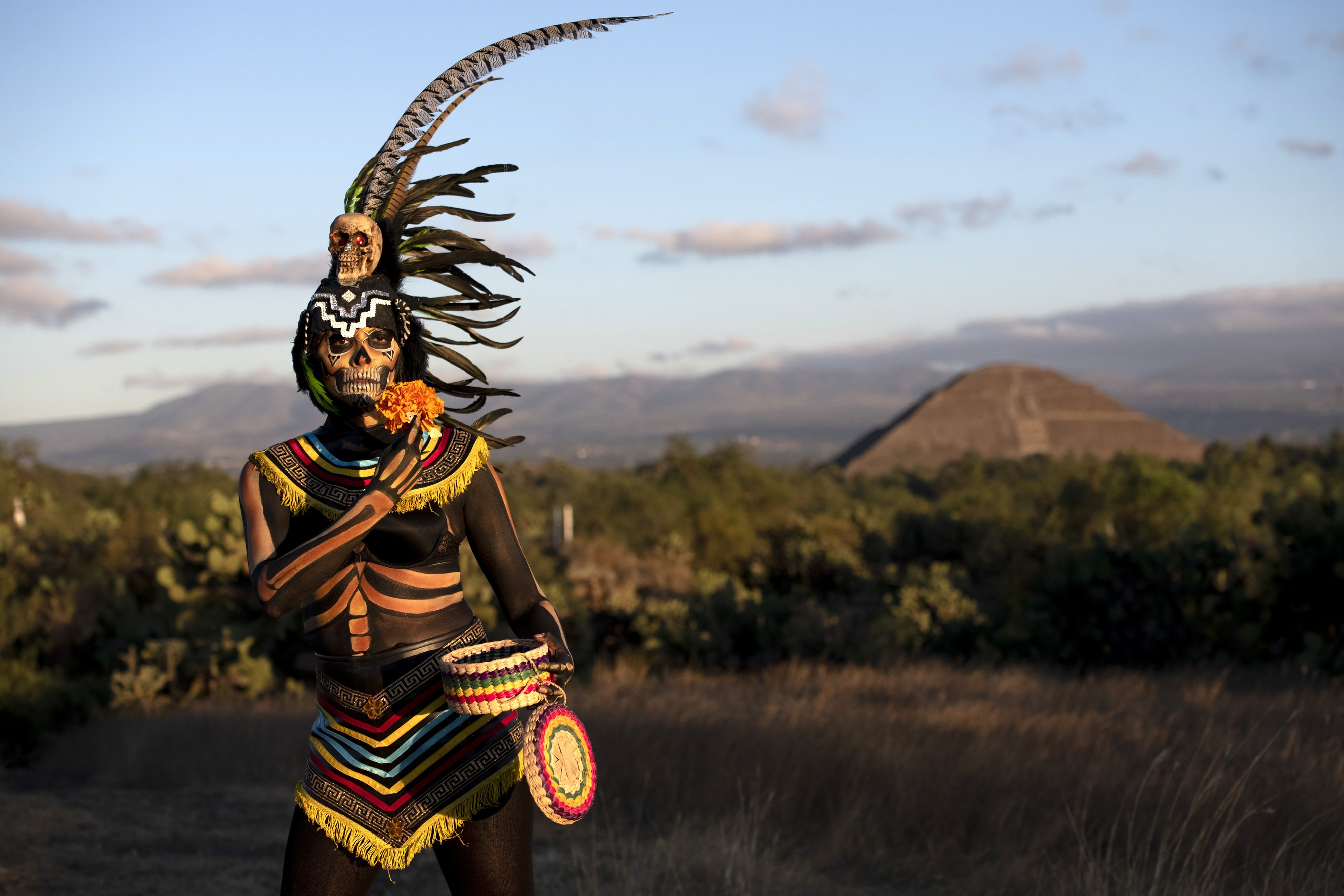


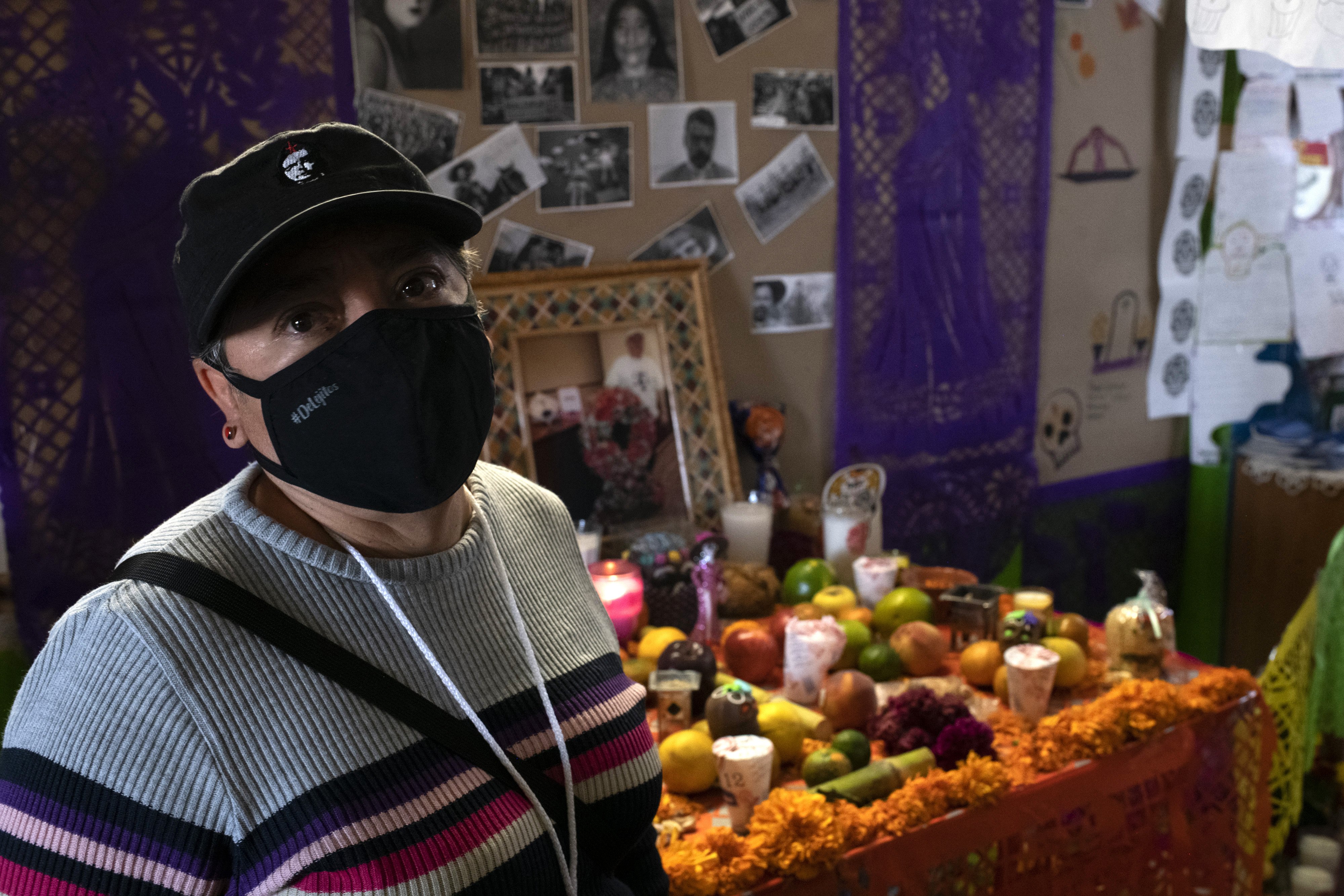

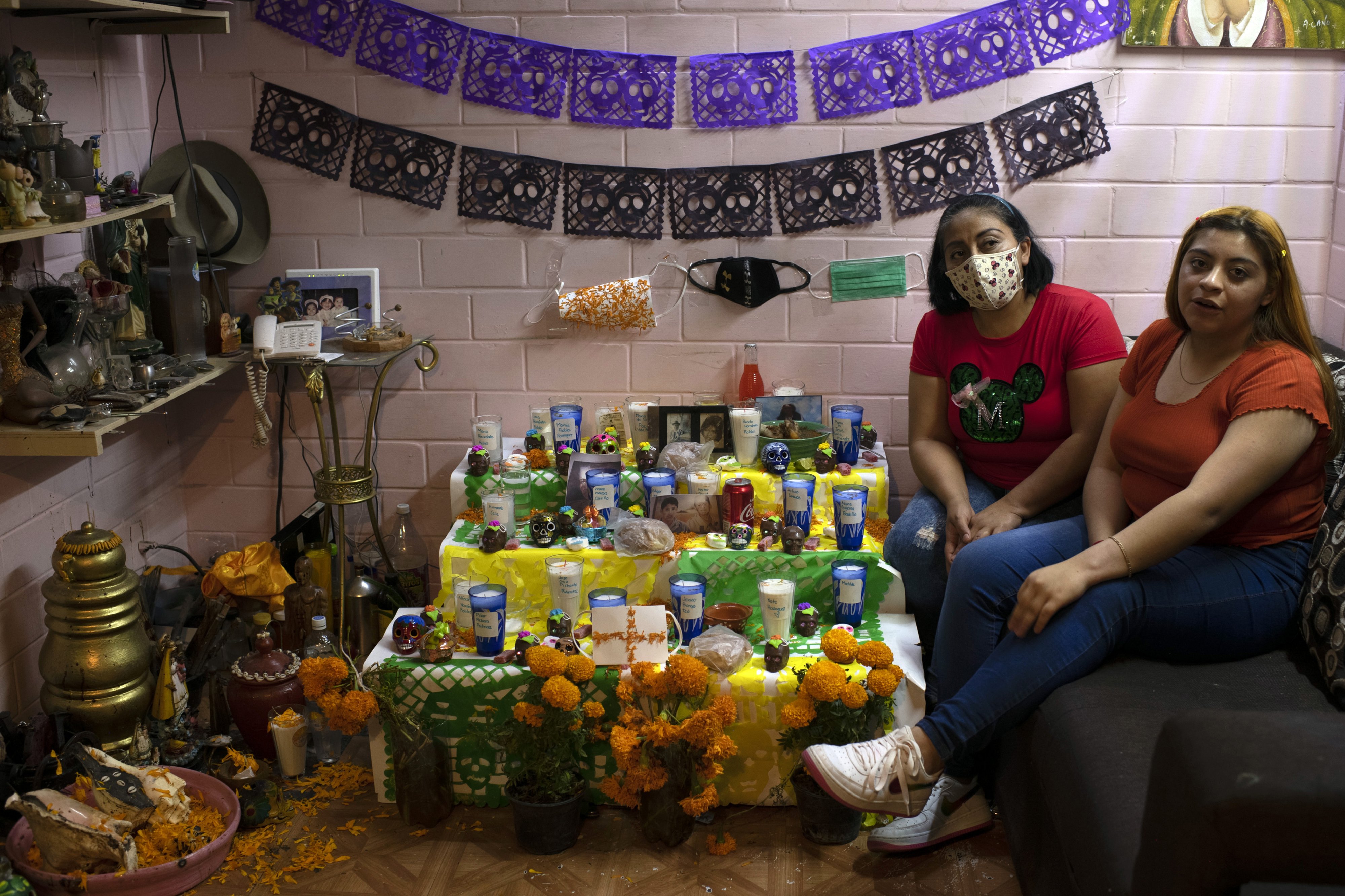
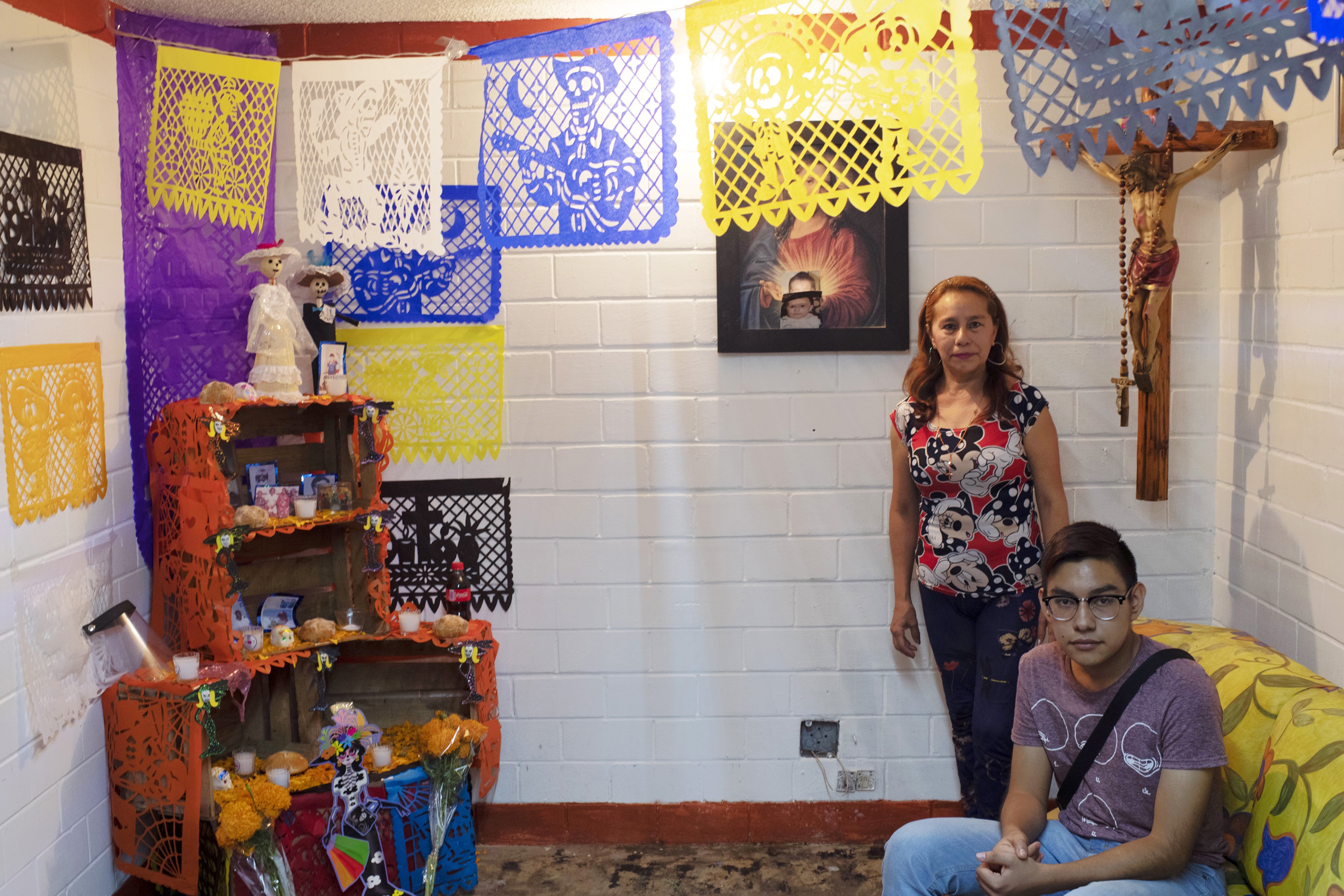
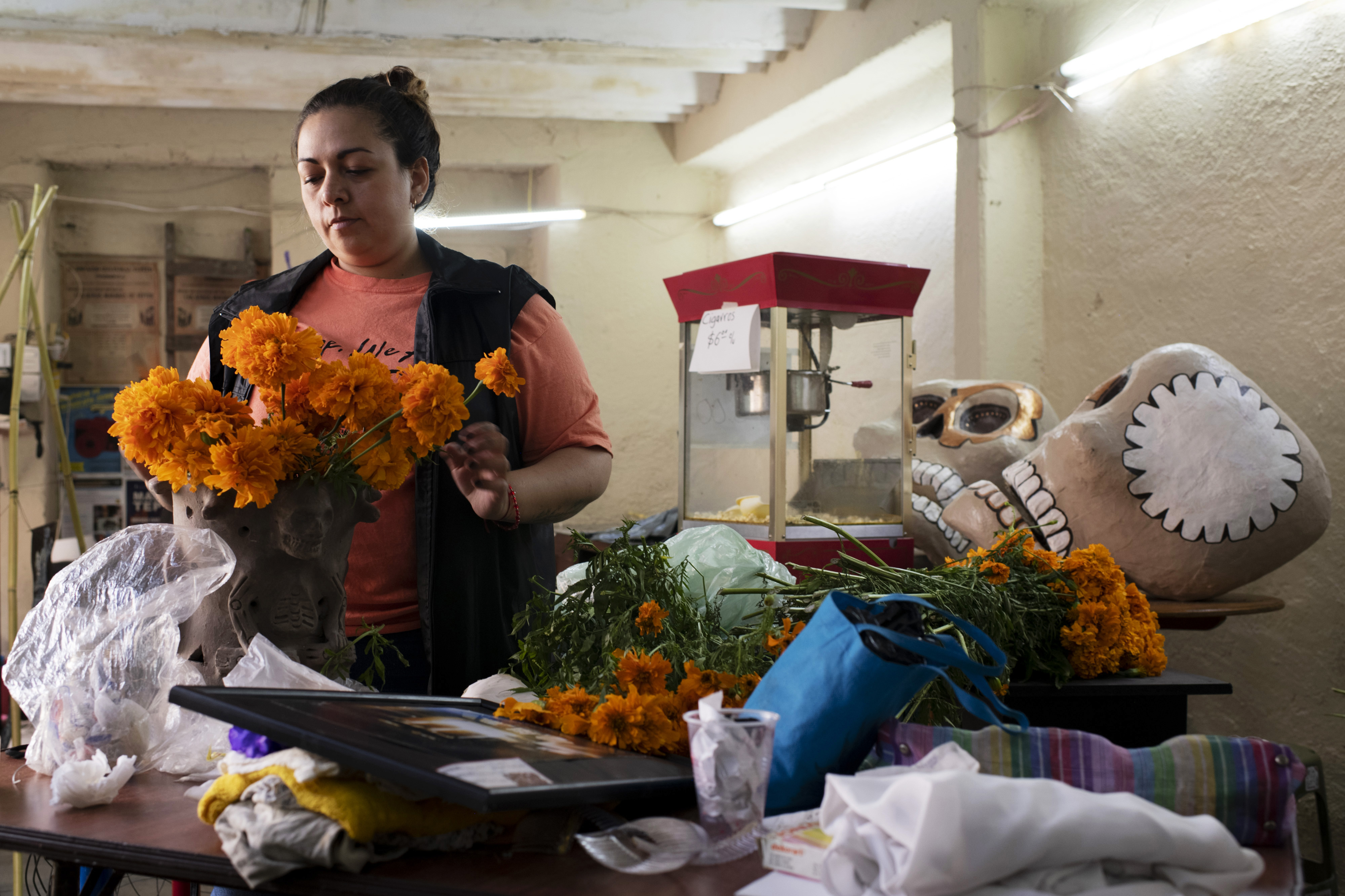

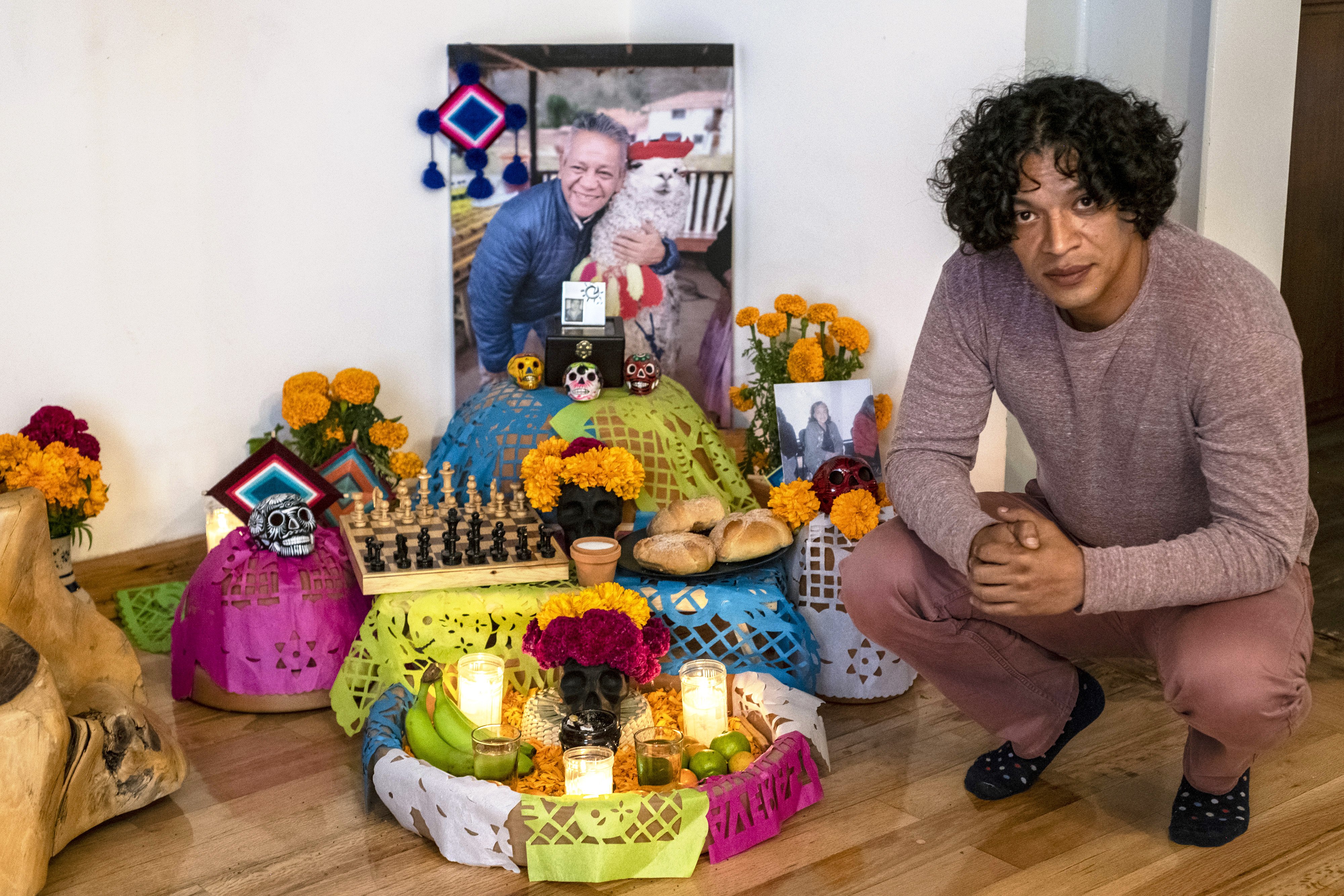
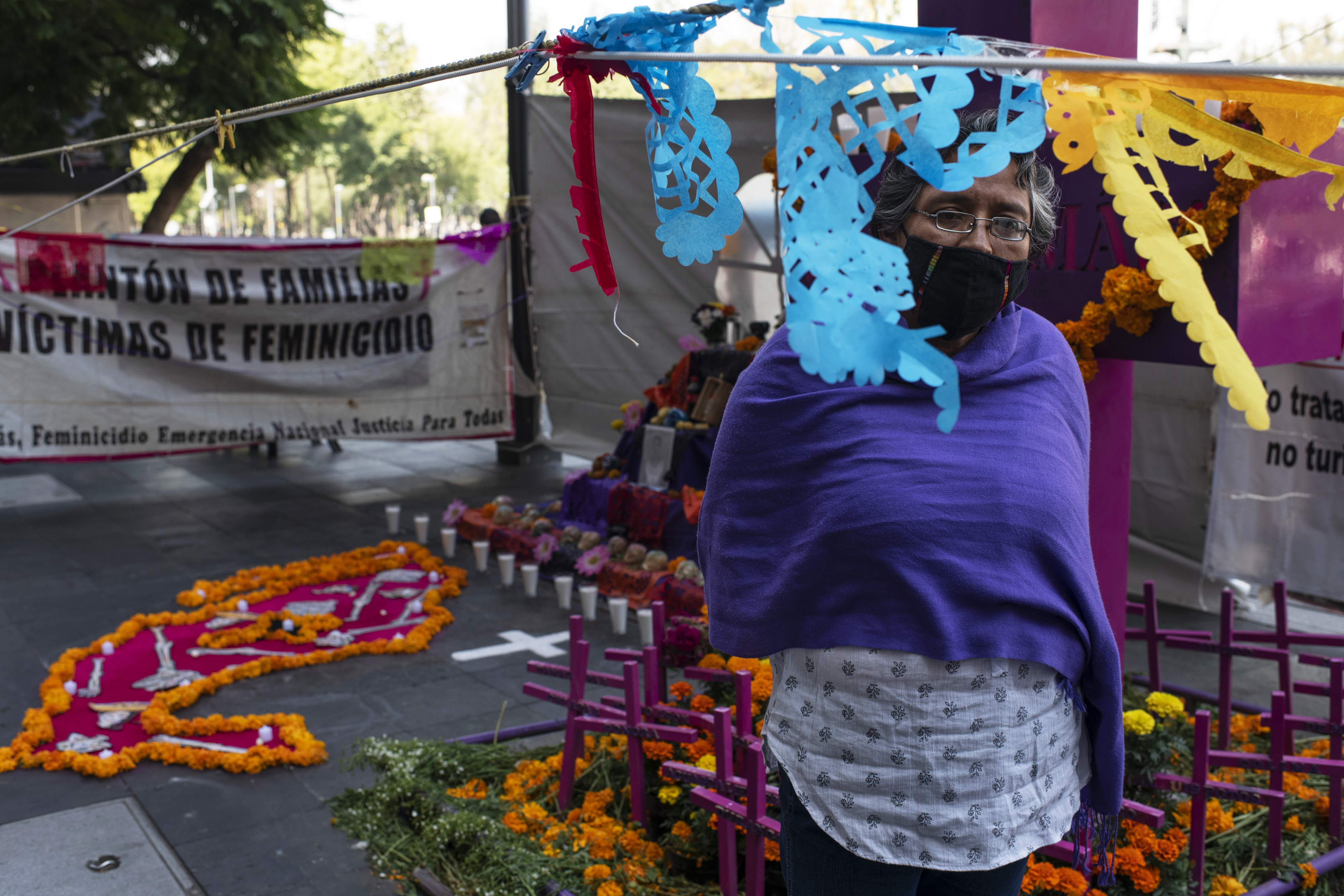
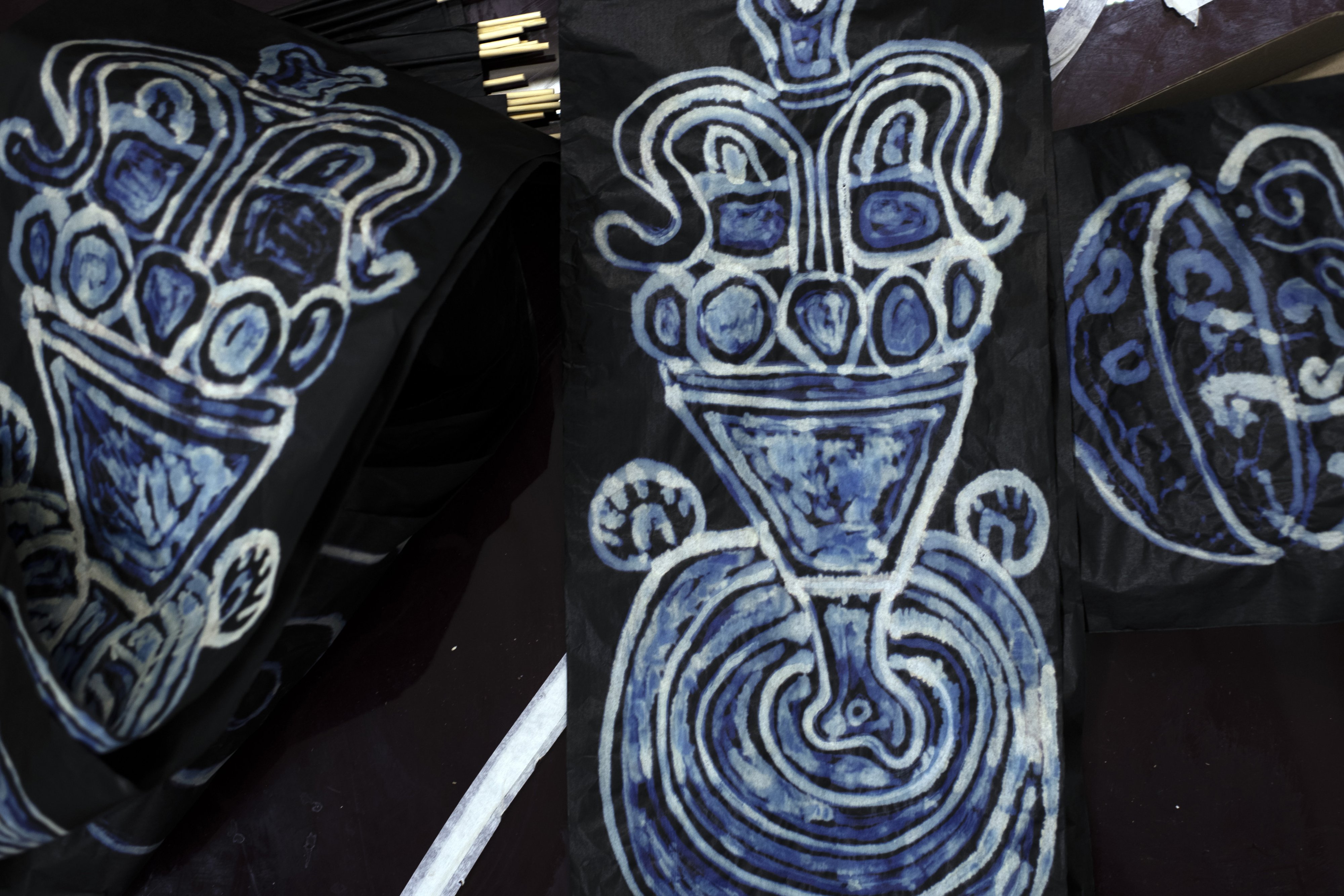

No comments:
Post a Comment